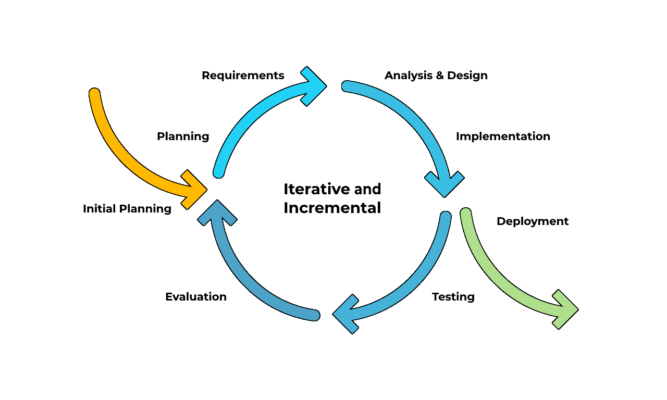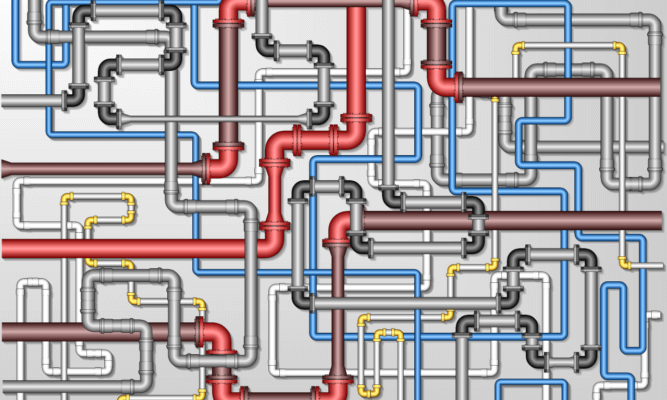Our Services

Domain-Driven Design (DDD) is a software development practice that focus on the creation of a domain model with a rich understanding of the entities, processes and rules of that specific domain. It aims to create a common vocabulary and shared understanding for developers, business analysts, specialists, testers, and other people involved in the software development project. It helps to tackle complexity, puts everyone on the same page, helps reduce ambiguity and mistakes. It’s particularly suited for complex domains where a great deal of complicated logic needs to be organized.
Most of the times, the significant complexity of many applications is related to the domain itself and not to the software. When the domain complexity is not clear in the design, it doesn’t matter if the infrastructure elements are well-conceived—the project will not be on-time and on-budget, or may even fail.
You need Domain-Driven Design when:
- The software being built is complex;
- The domain is complex;
- There’s an increased need for flexibility;
- The software needs improved principles and patterns to solve tough challenges;
- There’s no room for misunderstandings;
- There’s a need for better team coordination.
Due to thriving challenges of today’s business, organizations are evolving their application architectures to provide more agility, productivity, software quality, and better customer experience for a competitive edge. In order to meet these demands, the logical step is to create new applications or re-architect existing ones using improved practices, such as Domain-Driven Design. It’s been used successfully to create complex and large applications based on Microservices and API’s.
Accuratica leverages domain-driven design allowing the entire team to effectively collaborate throughout the entire lifetime of the project.





